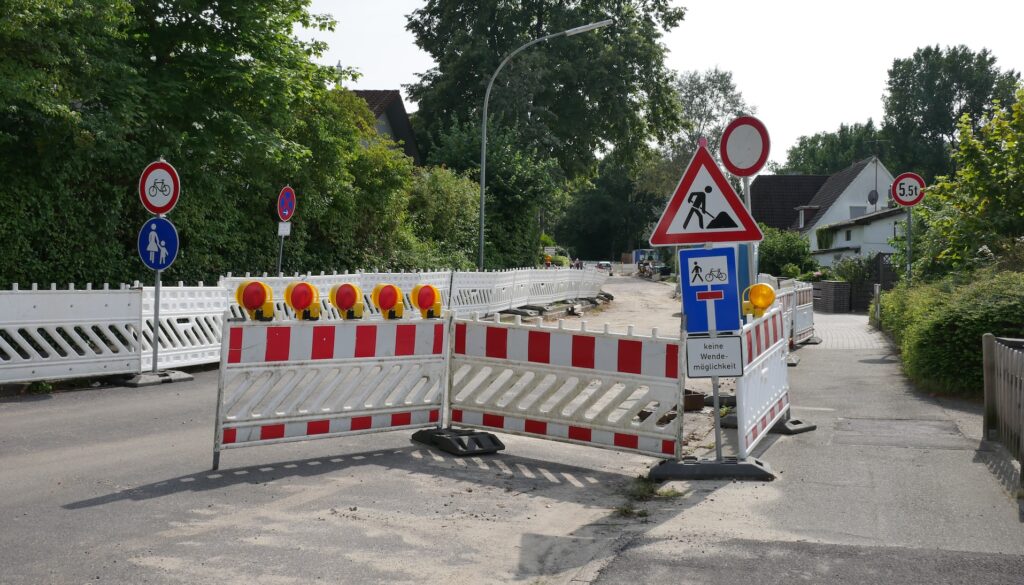I’ve started a deeper dive into Chapter 18 titled Online Infrastructures for Open Educational Resources (OER) in the massive Handbook of Open, Distance
and Digital Education. It aligns closely with a current project, as well as a long interest I’ve had in creating and distributing OER for the benefit of adult foundational skills education. This chapter focuses on, “digital knowledge infrastructures devoted to the creation, storage, management, and sharing of OER across diverse educational levels and geographies.” (p. 284).
For this first pass of this very dense chapter, I was interested in their take on barriers/obstacles, which is addressed in the Challenges and Future Research section starting on page 297. The authors cover familiar ground, including challenges associated with:
- Awareness (e.g., users not knowing the OER exists or its purpose)
- Lack of use incentives
- Searchability/Findability/Interoperability; Absence or non-systematic labeling – including (significantly!) pedagogical/educational, which impedes discovery
- Quality
- Contextual/Cultural/Sociotechnical Issues, which I tend to lump under “localization”
- Global North/English/Higher Ed domination in production AND research (linked to above) can result in “cultural biases and imbalances”
- Implications of (and debates about) licensing choices (e.g, extent to which there must compliance with all 5Rs)
- Sustainability of OER & infrastructure of repositories (e.g., shift from national to individual institutions)
Overall, this updates my reference list but reinforced (vs challenged) my existing roster of barriers/obstacles. Helpful first pass!
Featured Image Photo by Kevin Kandlbinder on Unsplash
